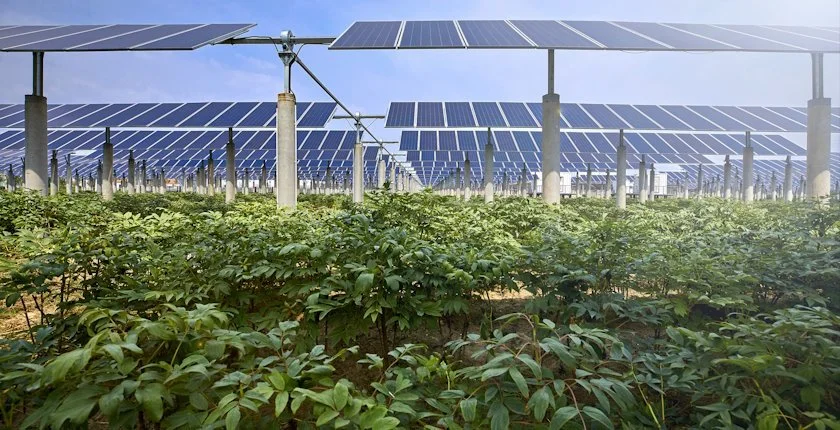Positive Change
It is easy to feel bogged down with the barrage of negative news about the environment...
What are we going to do with the 2,000 coal-fired plants in Asia that were built between 2005-2018 and have a lifespan of 40-45 years?
Why are Abu Dhabi’s national oil company (ADNOC) expanding their crude oil output from 3 million to 5 million barrels a day over the next 7 years.
How is it ok that Shell is making £2 million in profit every hour and are investing five times as much in fossil fuels as their renewable energy ‘solutions’.
But maybe that doesn’t matter because there is enough positive change happening propelling us towards a sustainable future?
Here are 4 positive developments to get excited by:
A global and irreversible solar tipping point has now passed
China is rolling out 210 GW of solar this year — not far short of the amount installed worldwide in 2023. China may easily get to 1000 GW by 2025. China wants a cheap and secure source of home-grown power. It also wants to leverage the advantage it has in manufacturing renewables and become more prominent in the electric vehicles industry.
Panels are the single most expensive input cost for solar electricity providers. Prices for polysilicon (the primary raw input for solar panels) were down more than 60% in 2023.
Over 80% of new electricity generation in 2022 was solar and wind.
Nuclear fusion could run at a cost of $60-80/MWh
Last year, U.S. researchers had a breakthrough in advancing nuclear fusion energy technology — getting a net energy gain from a fusion reaction for the first time.
In December 2023, the world’s biggest nuclear fusion reactor began operations in Japan.
If fusion can be delivered at $60/MWh, the addressable market could be above 460 GW globally.
In countries like the UK, we can expect fusion to support wind (and solar) in providing clean energy 24/7 to the grid by 2040. This would make our dependence on fossil fuels redundant.
Green hydrogen production with cost parity to fossil fuels
The most attractive production markets for green hydrogen are those with abundant, low-cost renewable resources. In parts of the Middle East, Africa, Russia, the US and Australia, for example, green hydrogen could be produced at a cost of just €3 to €5/kg today.
The US energy department is aiming to produce green hydrogen at $1/kg by 2030.
Hydrogen can help tackle various critical energy challenges. It offers ways to decarbonise a range of sectors — including long-haul transport, chemicals, iron, and steel — where it is proving difficult to meaningfully reduce emissions through other methods. Hydrogen can also help improve air quality and strengthen energy security.
A farming revolution has begun
Food production is responsible for about 25-30% of anthropogenic greenhouse gas emissions and is a major driver of biodiversity loss via land use change, degradation and deforestation. BUT this can change, through minimising food waste, shifting to plant-based diets, adopting regenerative farming practices and, by growing markets for natural capital and ecosystem services.
In Sub-Saharan Africa a 50% adoption of regenerative agriculture could lead to a 30% reduction of soil erosion, 60% increase in water infiltration, >20% increase in soil nitrogen, and a 20% increase in soil carbon, adding roughly $70 billion in gross value per year for farmers.
New technologies such as agri-photovoltaics (modifying solar power plants to enable additional crop production on the same area.) can increase overall land productivity by up to 70%.
Reducing deforestation and supporting regeneration of natural vegetation can reduce annual net greenhouse gas emissions by more than 5GtCO2e by 2030, and more than 8GtCO2e by 2050, while helping to halt and reverse biodiversity decline — and deliver a possible net economic gain of US$895 billion per year by 2030, and US$1.3 tn per year by 2050. The EU’s upcoming regulation on deforestation-free (the EUDR) products is just the start of policy that gets serious about reducing commodity-linked deforestation.
So, from the darkness of crisis, arise 4 hopes:
Solar and wind for all. Cheaper bills, abundant clean energy.
Breakthroughs in nuclear fusion could finally kick oil and gas out of the energy mix.
Green hydrogen for long haul flights and heavy industry can help these hard-to-abate sectors to decarbonise.
A farming revolution is starting that benefits both nature and people, producing more food on less land, and letting our forests recover.


